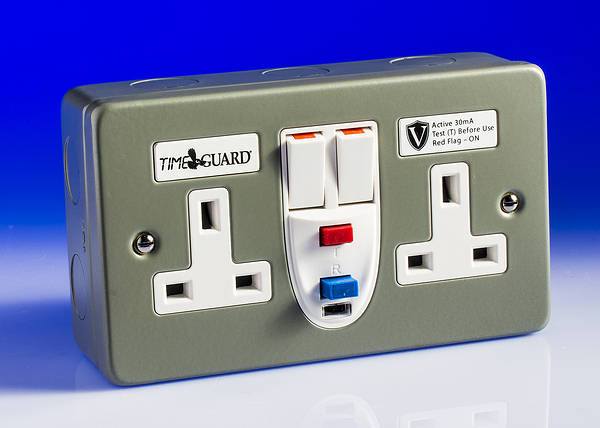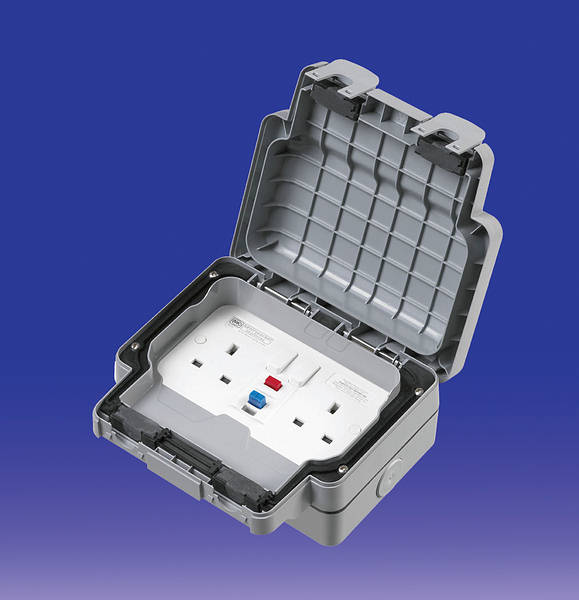I agree the RCBO is also a overload, however it seems some are unaware it is a RCD. When I returned from abroad in 1990 after 10 years away from the UK I found the RCD a massive problem. The site I worked on had current transformers in the WMDU (Weather proof main distribution unit) and some pots on the control board allowing one to select tripping current and delay. Normally set to 1A and 1 minute these then fed smaller panels normally fitted with 100 mA S type, which in turn fed consumer units with 30 mA units. But when a worked put in a nail to hang his coat on straight through the cable in cabin it still took out all three RCD's. But the real problem was not switching neutral fault finding was a nightmare.
At that time we still had a few ELCB-v around, and I remember being send out to companies caravan site to bond the caravans. I spent the day as instructed running earth wires from supply sheds to caravans, looking back it was rather daft as sure it was a TN-C-S supply, but at that time I just did as I was told. However my actions resulted in non of the ELCB-v's from working, and they all had to be swapped for RCD's.
Latter we seemed to move over to RCM units, some combined RCM with RCD and other were simply RCM's with IT supply, and we had to investigate the warning lamp. The combined units were good with a bar graph showing leakage so we were warned before it finally tripped.
I was rather surprised to find IT supply to control circuits and a RCM, but loss of power with the portable batching plant would result in a huge amount of work to remove batch as motor would not re-start under load. I personally don't think the German machine actually complied with UK regulations, I think although made in Germany it was designed for export to third world, and had been diverted to UK. Germans it seems do not mind breaking rules in other countries as seen with VW in USA.



